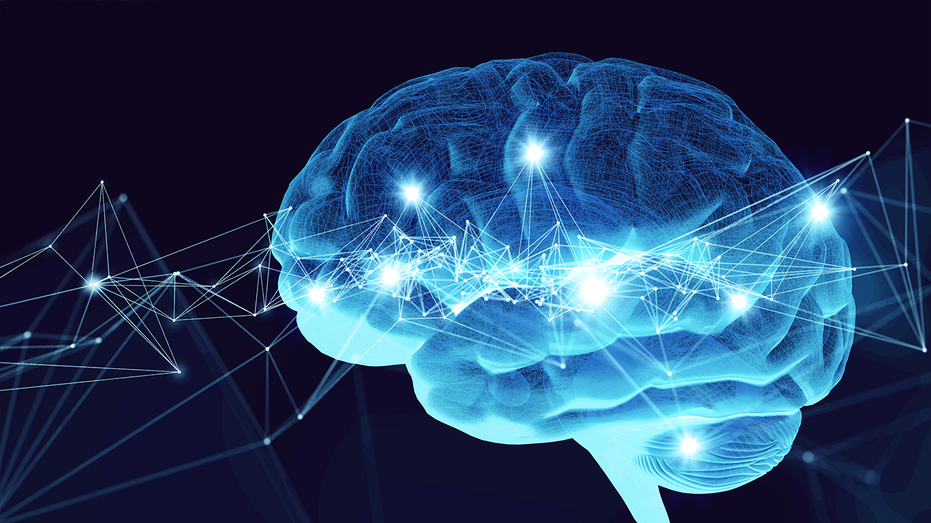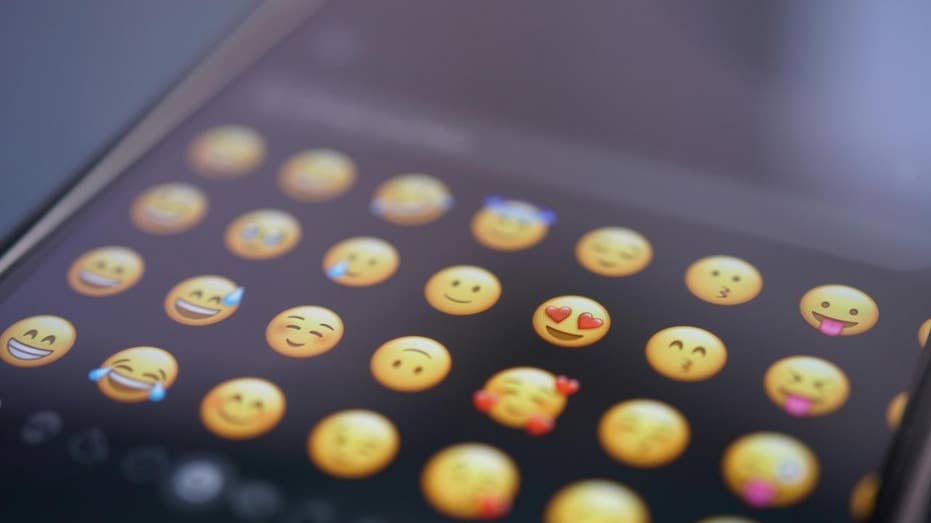📰 Noninvasive brain tech and AI moves robotic hand with thought

Noninvasive brain technology is revolutionizing how people control robotic devices by allowing them to move a robotic hand simply by thinking about the finger movements, without the need for surgery. Sensors placed on the scalp detect brain signals, which are then transmitted to a computer for decoding. This approach is safe, accessible, and particularly beneficial for individuals with motor impairments or those recovering from injuries. Researchers at Carnegie Mellon University have made significant progress in this field using electroencephalography (EEG) to interpret brain signals and translate them into commands for robotic hands, achieving high accuracy rates for finger movements. The technology, powered by artificial intelligence and deep learning algorithms, enables participants to control multiple robotic fingers simultaneously in real time, mimicking natural hand movements.
Separate movement for each robotic finger poses a challenge due to the small brain areas responsible for finger movement and signal overlap, but advancements in noninvasive brain technology and deep learning have made it possible to distinguish between these signals. The system, fine-tuned for each participant using a neural network called EEGNet, offers smooth and natural control of robotic fingers, closely resembling real hand movements. The technology’s accessibility allows for use in clinics, homes, and by a diverse range of individuals, enhancing daily tasks and potentially benefiting stroke survivors, spinal cord injury patients, and those seeking to improve their abilities. While improvements are ongoing, noninvasive brain technology shows promise in making assistive robotics more reliable and user-friendly, with researchers exploring its application in more complex tasks to integrate it into more homes and workplaces. This technology opens up new possibilities for enhancing independence and ease in daily life, with the potential to shape future interactions with the world.
📰 Top multi-factor authentication apps to protect your accounts

The article emphasizes the importance of using strong, unique passwords for every account and changing them regularly to prevent hackers from exploiting reused passwords. Multi-factor authentication (MFA) adds an extra layer of security by requiring you to verify your identity using two or more methods, such as SMS codes, authenticator apps, or physical security keys. While two-factor authentication (2FA) uses exactly two verification methods, MFA can involve more than two factors, providing enhanced protection. The article recommends opting for authenticator apps or physical security keys over SMS for the strongest MFA method available on each service. Additionally, combining multi-factor authentication with a password manager, like NordPass, is highlighted as an effective strategy for safeguarding personal data from cyber threats.
📰 AI brain scan tool predicts how fast you are aging

The article discusses how our bodies change as we age, leading to increased vulnerability to age-related issues, including physical and mental decline in old age. Some individuals age faster than others, prompting scientists from Duke, Harvard, and the University of Otago to introduce DunedinPACNI, an AI brain scan tool that can reveal a person’s rate of biological aging. The tool analyzes various health factors to generate an “aging score” and predict health risks early on. Rapid biological aging is linked to memory-related brain changes and an increased likelihood of developing dementia, chronic illnesses, and premature death. The DunedinPACNI could revolutionize preventive medicine by motivating individuals to adopt healthier lifestyles and helping healthcare providers evaluate treatments for age-related diseases.
📰 Fake agent phone scams are spreading fast across the US

A wave of fake agent phone scams is targeting people across the United States, with scammers posing as federal agents and demanding immediate payment under threat of arrest. Law enforcement agencies like the FBI are issuing urgent warnings as these scams become more sophisticated and widespread. Scammers use spoofing technology to make calls appear legitimate, often demanding payment through untraceable methods like gift cards or cryptocurrency. Victims have reported losing thousands of dollars, with scammers even using real names of local officers to increase credibility. The emotional manipulation and fear tactics employed by scammers highlight the need for vigilance and skepticism when receiving unsolicited calls or messages. It is crucial to hang up on suspicious calls, verify information from official sources, and report any scams to authorities to help combat these fraudulent activities.
📰 Want better relationships? Try adding more emojis to your texts

A recent study from The University of Texas at Austin led by Eun Huh explored the impact of emojis on text conversations. The study involved 260 adults who rated conversations with emojis as more engaging and responsive. Emojis act as digital body language, conveying emotional nuance and clarity in text messages. The type of emoji used is less important than ensuring it matches the tone of the message. While emojis can sometimes be misinterpreted, they generally enhance communication and connection in our digital world.
0개의 댓글